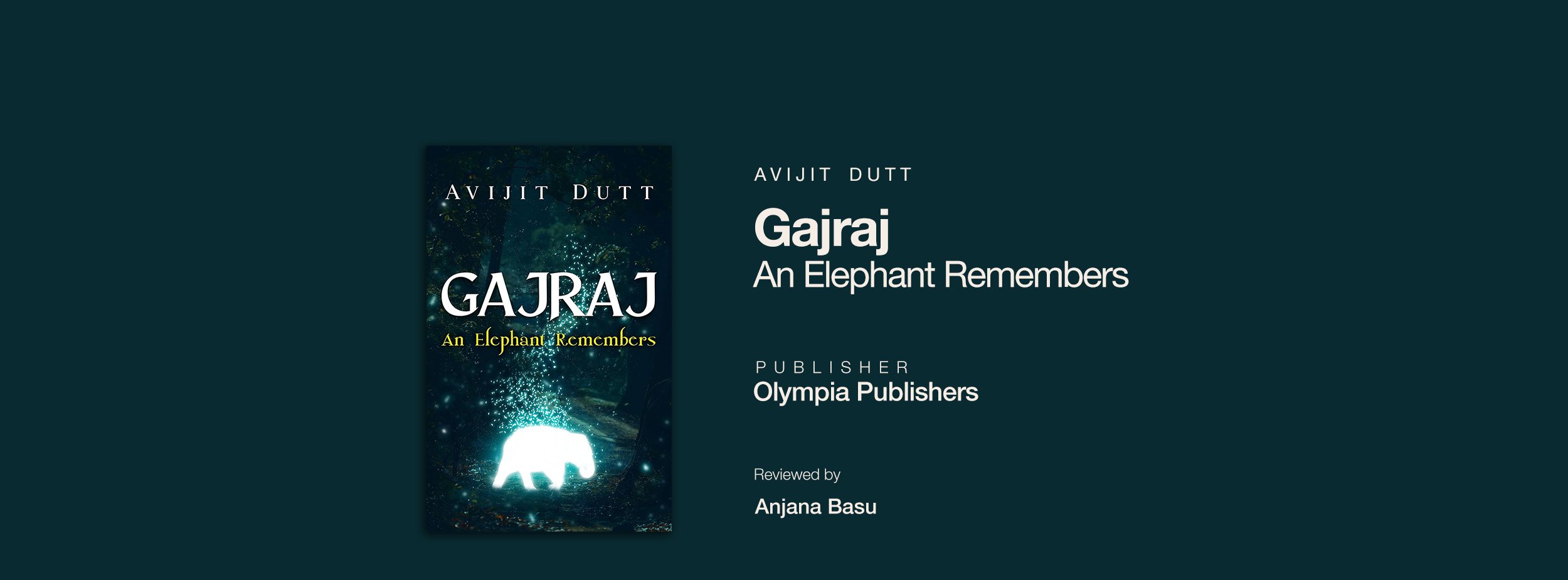

After six plays, this marks the actor’s venture into a novella — one centred on elephants, though it unfolds like a soliloquy. Dutt was inspired to write it after an encounter in the Andamans with government officials who were considering building luxury resorts on various islands, encroaching on animal habitats. This sets the stage for the jungle’s voice, raised in anger against the relentless Road Gang and their machinery.
Dutt introduces what he calls the first ‘manimal conflict,’ where the people of the soil — their bare feet rooted to the earth — stand shoulder to shoulder with the animals against the destructive forces seeking to uproot their legacy. They climb trees and ululate, giving the animals leeway to resist the encroaching machines, evoking the spirit of the Chipko movement, though not quite mirroring it. The people of the soil are deeply connected to nature, unlike the Road Gang and City Slickers, who seek to exploit it for their own selfish ends.
At the heart of the story is the male bonding between Gajraj and a young elephant, Harkat. The "monkey people," the playful Harkat, and the venerable Gajraj form a bond that transcends species — forged through shared survival. Gajraj finds new purpose rescuing Harkat from streams and introducing him to the joys of raiding mahua and other fruit orchards. The author assumes these orchards belong to the City Slickers, though there’s a suggestion they may be tended by the tillers of the soil, who rely on selling and brewing mahua for their livelihood. However, Dutt sidesteps controversy by clarifying that the orchards belong to other kinds of people — those armed with guns — which complicates matters for Harkat.
Gajraj also advises Harkat on elephant behaviour, caring for him almost like a mother — an unusual role for a male elephant. The author vividly paints the sensory experience of the seasons in the jungle: the sunrise, the pouring rain, and the dangers of a tormented nature, including earthquakes and landslides. The reader is immersed in the sights, sounds, and smells of the wild, seeing the jungle through Gajraj’s eyes. This is balanced by the dry, sardonic descriptions of the City Slickers, the Road Gang, and their machinery.
Ultimately, it is a cautionary tale, reminding us how our thoughtless actions are turning green lands into deserts and how every tree we destroy puts our future at risk. The City Slickers find themselves trapped by the consequences of mining, rain, and floods, while Harkat and Gajraj anxiously wonder whether they have survived the collapse. The novella is both a reminder of our responsibility to the natural world and a testament to the bonds that connect us all.
The story’s ending is bittersweet, reflecting the natural cycles of life — a necessary separation between the old and the young — leaving a lingering sense of melancholy. It prompts the reader to wonder what will happen in the face of climate change.
